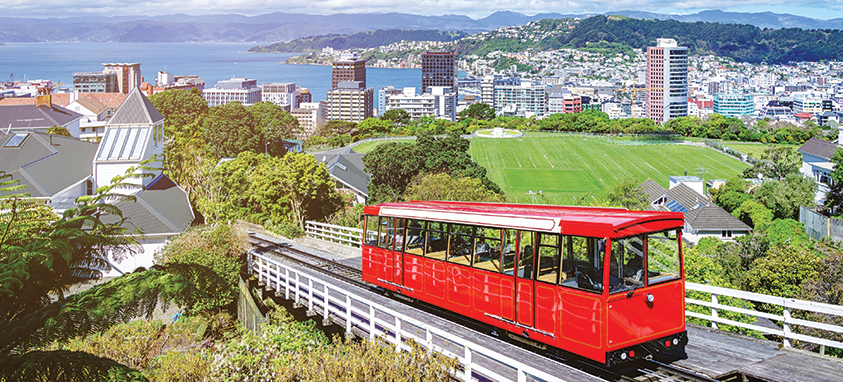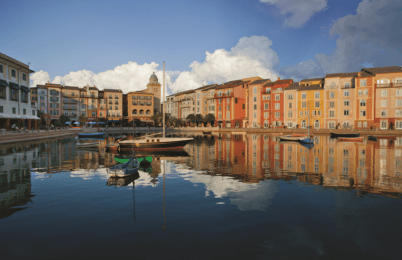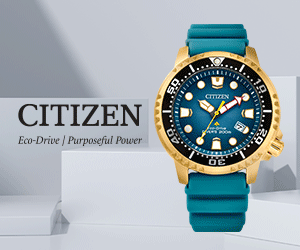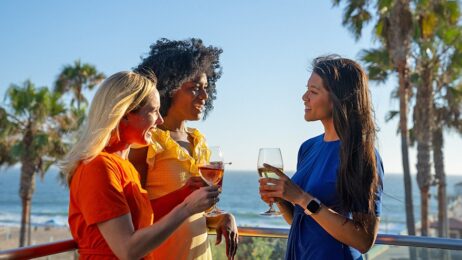Wellington cable car with city in the background
Meet in New Zealand’s center of government, culture and creativity
Wellington wins verbal affection.
It’s been called “The coolest little capital in the world.” True enough.
It’s been called “Windy Wellington.” Who could argue with that?
It’s been called “Absolutely Positively Wellington.” That’s its official slogan and its spirit in a nutshell.
Might we add, “Meeting planners will do well, well, well in Wellington?” It’s not as catchy, but no less true.
Wellington is a hit among planners, especially for incentive travel meetings.
“Our partners are seeing an increasing number of inquiries and bookings, both nationally and internationally,” says Jessica Beyeler, business events and partnerships manager at Wellington Regional Economic Development Agency. “It’s mainly national, followed by Australia, U.S. and Asia—although a couple of our operators are seeing more inquiries out of the U.S. than Australia.”
Wellington hosted 117 incentive events in 2016, according to the Convention Activity Survey from the Ministry of Business, Innovation & Employment. That ranks the city second to Auckland, at least officially. Even so, New Zealand’s compact capital city offers the right combination of accommodations, restaurants, attractions, activities, culture and beauty to dazzle incentive travelers.
What’s New in Hotels and Venues

Start with the setting. Wellington is perched on the southern edge of New Zealand’s North Island, with the Cook Strait at its foot. If you walk along the waterfront or visit the beach and the wind blows back your hair, blame the strait for funneling the breeze. Natural beauty has its costs.
Wellington has plenty of fresh options for places to stay, from bed and breakfasts to five-star hotels. For luxury, check out Sofitel Wellington in the central business district—but not now. The $51 million hotel opened in mid-2016, but closed in October after a restaurant fire. The property will reopen in October with 129 guest rooms and 1,765 sq. ft. of meeting space. The hotel has been popular with travelers from the United States and Asia.
The former Museum Art Hotel, eclectic and artsy, underwent a $12 million refurbishing and rebranding to become QT Museum Wellington. Australia’s QT brand is known for its luxury and novel design elements linked to each destination.
Groups won’t find an exception there. The 163-room hotel is packed with art and comes with abundant luxurious touches, even a complimentary bow tie when you need one. It has seven meeting rooms, including the cushy, woody Billiards Room. Its function and banquet space can accommodate up to 120 people. Rumor has it the hotel may expand in coming years.
Park Hotel Lambton Quay opened in October. The 137-room property offers five types of accommodations, from single rooms to three-bedroom apartments. Each type is named after a New Zealand bird. The hotel partners with Terrace Conference Center across the street to provide access to 14 meeting rooms.
Meanwhile, InterContinental Wellington looks sharp after a recent $10 million renovation. The luxury hotel offers 234 guest rooms and 7,000 sq. ft. of meeting space.
Big news may be coming: Wellington is awaiting a progress report to see if a combination convention center and movie museum will get a go-ahead. Construction would begin in late 2018.
Time to Learn and Play
Wellington has no shortage of things to do. Its big attractions include Te Papa, Boomrock and Weta Workshop (see sidebars), and they shouldn’t be missed. And Harbourside Market is the biggest weekly attraction in the city, drawing around 10,000 visitors every Sunday. There are also other ways for participants to enjoy their visit—in the city and beyond, in rural Wairarapa.
“We are regularly tested to think outside the square with incentive buyers,” Beyeler says. “We are quite often able to access members of Parliament to welcome events or in small speaking roles. And we recently played host to an international beauty company incentive and incorporated a visit to a Manuka Honey farm in the Wairarapa, where they held their workshop. It was something quite different and incredibly well-received.”
Beyeler sees it this way: “There is no standard offering.”
Here are some possibilities:

The Wairarapa: It’s not just honey farms. The region an hour north of Wellington is known for incredible landscapes that include bush, plains and coast. It’s also known for its wineries, antique stores and food. It has become a regular part of incentive gatherings.

Tee time: The Wellington region has 27 golf courses. Royal Wellington Golf Club and Paraparaumu Beach Links are both marquee courses. Royal Wellington will host the Asia-Pacific Amateur Golf Championship Oct. 23–27. The prestigious tournament is expected to further raise the region’s profile.
Zealandia: This 556-acre eco-sanctuary is 10 minutes from the city. Its mission: “To restore a Wellington valley’s forest and freshwater ecosystems as closely as possible to their prehuman state.” Visitors come to relax and re-energize. And on the night tour, they can go kiwi spotting.
Must See

Weta Workshop inspires another one of Wellington’s endearments: Wellywood. Not everyone loves the name, but they’re crazy about the creative design studio and practical effects facility. It has led the way to make the city a creative center for movies. Richard Taylor, Tania Rodger, Peter Jackson and Jamie Selkirk formed the studio in 1994, and it has spawned a host of related companies. Its work has garnered five Academy Awards. Movies that feature its work include Jackson’s Lord of the Rings trilogy, The Hobbit and The Great Wall. Want to know how to make movie magic? Alexa Bennett, business events manager for Tourism New Zealand’s Los Angeles office, recommends taking a tour. “For incentives, you’ll find VIP and highly exclusive behind-the-scenes tours, including getting up close and personal with the Oscars the studio has won,” she says.
Explore

Te Papa: Located on the waterfront, Te Papa is New Zealand’s national museum, known for biculturalism and interactive exhibits. You might want to book one of its venue spaces, where you can showcase a cultural performance at a gala dinner. Or take your team on a behind-the-scenes cultural tour. Attendees will journey through exhibits and explore history through stories and objects. And they’ll experience Maori treasures close-up. The tours provide time for reflection at the end of their visit. They’ll need it.

Boomrock: If your group is in it for the thrills, this could be the place. Boomrock revels in challenges and excitement for an extreme corporate retreat. Attendees can get their adrenaline pumping with a few hot laps on the race track. Shoot clay birds, throw knives and fly a chopper. They can take in a round of extreme golf, but should use their driver thoughtfully on the third hole. If one of them sinks a hole-in-one, they’ll walk away with a $75,000 Boomrock voucher. They can calm their nerves back in the lodge with a whiskey tasting.

Waka tours: Groups need to paddle in the same direction, and Waka Tours encourages that in three traditionally carved wakas. The canoe-like vessels are part of the journey into a Maori cultural experience. Guests receive a Maori welcome and song. While your team glides in the waka, a guide will teach proper technique, chants and salutes. Your participants will be on their way to becoming culturally enriched kaihoe—that is, paddlers. Wellington’s waka tours are only one of two in New Zealand and a perfect blend of recreation and culture.





